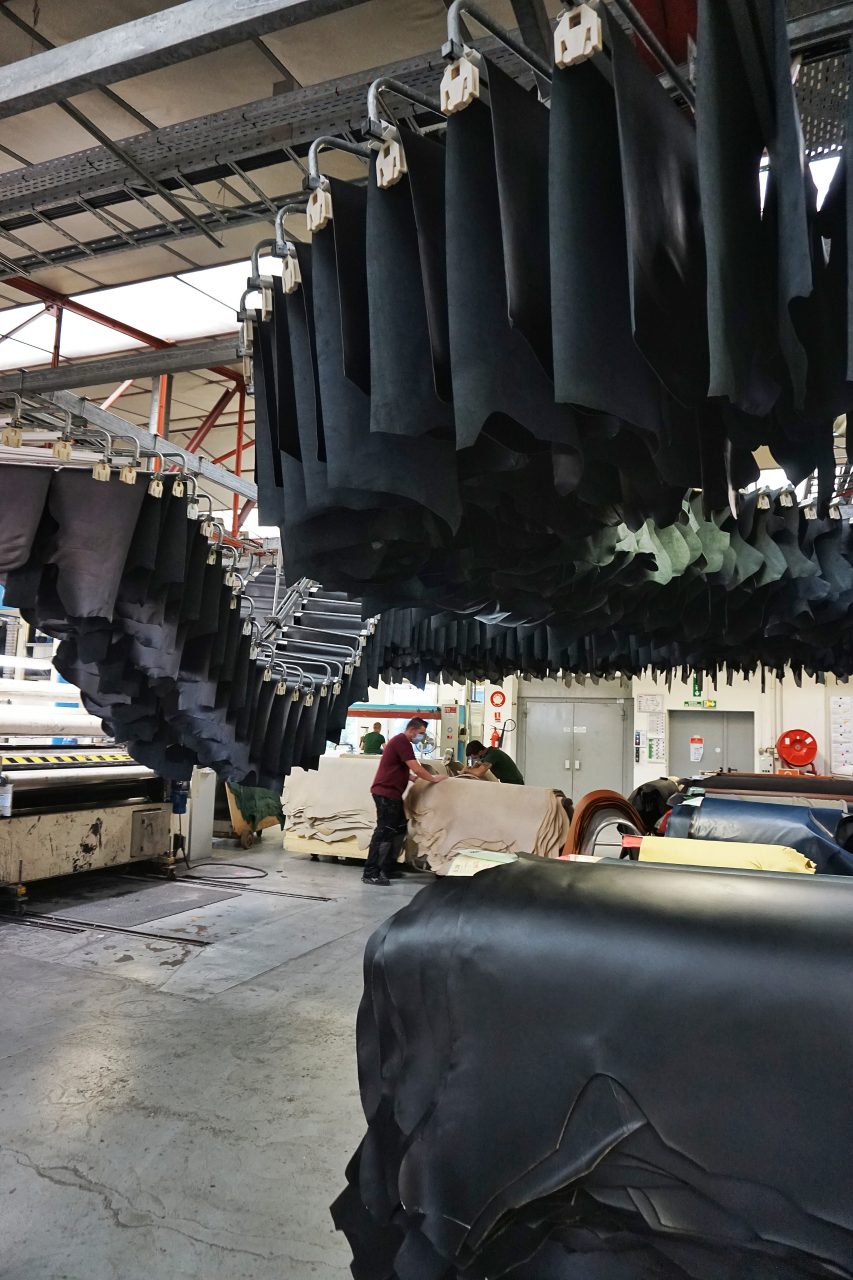How many of us ask questions about the leather in the designer bags we spend thousands and thousands of dollars on? We may have asked about where the bags are made or whether the leathers are more scratch-resistant or sensitive, but rarely have we ever asked for detailed information like where the leather comes from or what the quality of the leather used is. Truth be told, we are more concerned about bag styles, designs, colours, and quality. But as designer merchandise prices have skyrocketed in recent years, we should be educating ourselves on the leathers that fashion brands use for the products we intend to buy.
Today, cowhide remains the most commonly used leather as it’s a natural by-product of the meat industry. As long as there is meat consumption, the leather industry exists. Tanning is a necessary process to prevent hides from decomposition and to transform them into durable leathers. There are two types of tanning methods: vegetable tanning and chrome tanning. The former is older and takes longer, using natural tannins from tree barks and plant extracts. Leathers that are veg-tanned are thicker, firmer, and patinate over time. Chrome tanning is far more time-efficient. Chromium salts are employed as tanning agents which result in softer leathers that can better absorb bright colours and are also more water resistant.

Leathers are sorted and classified based on skin quality and appearance. The sorting process is manually done and is labor intensive
Globally, tanneries produce billions of square meters in leather each year that are then turned into finished leather goods. According to Vogue Business, “leather goods, largely handbags and shoes, are the biggest and highest margin category in the luxury sector.” Because of this, companies like Hermes, Chanel, Kering, and LVMH buy into tanneries they’ve had long-standing relationships with in a bid to secure their supply chains.
Tanneries Haas is a family-owned tannery established in 1842, and acquired by Chanel in 2013. As a designer goods consumer, you would have heard of leathers like barenia, epsom, caviar, saffiano, zermatt… these leathers are all derived from calfskins processed by Tanneries Haas, which supplies over 50 different types of finished French calfskin leathers to many designer brands we know.
Leathers are hung to dry after they have been dyed
After tanning, the leathers get manually sorted into different quality categories based on appearance (flaws, marks, etc). At Tanneries Haas, around 700 skins get categorised into different quality batches daily, with their top-of-the-line finished leather, Novonappa (also known to Hermes as Barenia) accounting for only 2% of all leathers. Leather is then shaved into two parts: the grain (top layer) and the split (bottom flesh side). Haas only uses the grain side and sells the bottom layer to split leather manufacturers. After being retanned and dyed, the leathers are then sent to the finishing stage. finished. Finishing is the “beauty and makeup” essentials for leather – the less makeup the skin has, the more natural and better. Aniline is the highest grade of finish using clear aniline dye, and is only on premium quality leather to showcase the skin in its most “natural” form.
A fact not known to many, the uniformed graining you see on designer leather bags today are actually man-made. The natural grain of calfskin is uneven throughout its surface, and it is in the finishing process that it is given a consistent texture. Grain-embossing on the leather, also known as printing, involves the use of a patterned metal plate to stamp its surface, resulting in textures like saffiano (Prada), caviar (Chanel), epsom (Hermes), etc. Leathers can be customized with different grains. Some brands even have patterns unique to them – think logos or monograms (Louis Vuitton’s empreinte leather).
The longevity of your leather goods depends on a number of factors, one of them being the grade of leathers used. Not everyone can immediately identify leather grades on mere sight or feel, unless they’re industry experts. These details are also not voluntarily shared by brands with customers today, and many of us also do not think to ask.
An example of epsom grain on calfskin. The smooth side shows the unstamped part of the leather
A brief guide on leather quality
- Full grain leather pertains to the topmost layer of the skin, making it the most durable and most superior among all leather grades. Full grain leathers are unbuffed with little to no surface imperfections – they are aesthetically appealing but the most difficult to obtain.
- Top grain leather is the second highest quality leather. It starts out as full grain but becomes thinner because the skin goes through a sanding/buffing process which smooths its surface to remove imperfections.
- Split leather, sometimes called “genuine leather” is generally thought to be a lower quality leather by industry experts. It is made from the fibrous underside of the hide closest to the flesh. Split manufacturers are known to coat the leather with a layer of polyurethane sealant and grain-print it to give it a more familiar leather texture. To the untrained eye, split leather can look like it’s full or top grain, until it peels or cracks over time.
- Bonded leather, also known as reconstituted leather, is an engineered material made from pulverised scraps of leather bonded with binding agents onto a fibrous surface, coated with polyurethane, then stamped with a leather-like grain. This is the cheapest alternative to full or top grain leather and does not last very long.
Leathers go through the machine several times for color spray painting
Having a more thorough understanding of the different grades and types of leather will allow us to make better, more informed purchases. If the type of leather used by the brand is not clearly marked, ask a sales associate about it. As leather experts have shared from experience, “if no one seems to know the type of leather used, chances are it is of low quality.” So don’t be afraid to ask questions because you, as a customer, have a right to know.
Editor
Ingrid Chua





